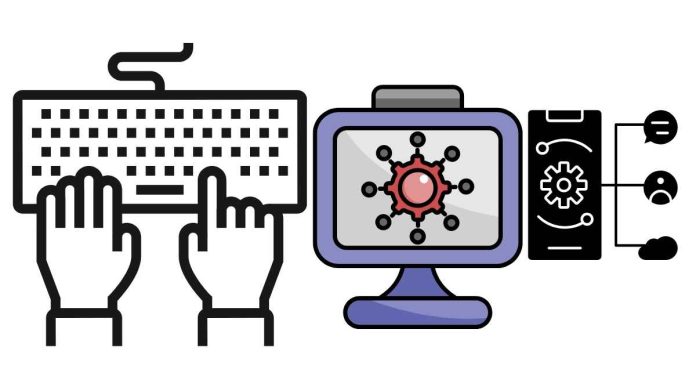Definition of an Algorithm
An algorithm is a step-by-step procedure or a set of rules for solving a specific problem or performing a task. It is a sequence of instructions that leads to a desired output when followed from the initial state, often starting with an input.
Types of Algorithms
There are several types of algorithms, categorized based on their approach, design, or the problems they solve. Here are some common types:
- Sorting Algorithms
These algorithms arrange data in a particular order (ascending or descending).
Examples:- Bubble Sort
- Quick Sort
- Merge Sort
- Insertion Sort
- Search Algorithms
These algorithms are used to search for an element within a dataset.
Examples:- Linear Search
- Binary Search
- Divide and Conquer Algorithms
These algorithms break down a large problem into smaller subproblems, solve each subproblem independently, and then combine their results.
Examples:- Merge Sort
- Quick Sort
- Binary Search
- Greedy Algorithms
These algorithms make the locally optimal choice at each step with the hope of finding a global optimum.
Examples:- Kruskal’s Algorithm (for Minimum Spanning Tree)
- Dijkstra’s Algorithm (for shortest path)
- Dynamic Programming Algorithms
These algorithms solve problems by breaking them down into overlapping subproblems, solving each subproblem once, and storing the results to avoid recomputation.
Examples:- Fibonacci Sequence
- Knapsack Problem
- Longest Common Subsequence
- Backtracking Algorithms
These algorithms attempt to build a solution incrementally and abandon a solution as soon as it is determined that it cannot lead to a valid solution.
Examples:- N-Queens Problem
- Sudoku Solver
- Branch and Bound Algorithms
Used for optimization problems, these algorithms prune the search space by using bounds to eliminate certain options.
Examples:- Traveling Salesman Problem (TSP)
- Randomized Algorithms
These algorithms make use of random inputs to achieve good expected results.
Examples:- Quicksort (with random pivot)
- Monte Carlo Methods
Complexity of an Algorithm
The complexity of an algorithm refers to the amount of time and/or space that an algorithm requires as a function of the size of the input. It is usually expressed in Big O notation:
- Time Complexity
This measures the time an algorithm takes to run as a function of the input size. It describes how the execution time increases with the input size.
Common time complexities:- O(1): Constant time
- O(log n): Logarithmic time
- O(n): Linear time
- O(n log n): Linearithmic time
- O(n^2): Quadratic time
- O(2^n): Exponential time
- O(n!): Factorial time
- Space Complexity
This measures the amount of memory the algorithm uses as a function of the input size. It is important to optimize both time and space usage in algorithms.
Common space complexities:- O(1): Constant space
- O(n): Linear space
- O(n^2): Quadratic space
Examples of Algorithms with Their Time Complexity
- Bubble Sort
- Time Complexity: O(n^2)
- Space Complexity: O(1)
- Bubble Sort repeatedly compares adjacent elements and swaps them if they are in the wrong order. It repeats this process until the entire list is sorted.
- Binary Search
- Time Complexity: O(log n)
- Space Complexity: O(1)
- Binary Search works by dividing a sorted list in half repeatedly, eliminating half of the remaining elements at each step.
- Merge Sort
- Time Complexity: O(n log n)
- Space Complexity: O(n)
- Merge Sort divides the list into two halves, recursively sorts them, and then merges the two sorted halves.
- Dijkstra’s Algorithm
- Time Complexity: O(V^2) (using a basic array), O((V + E) log V) (using a priority queue)
- Space Complexity: O(V)
- Dijkstra’s Algorithm finds the shortest path between nodes in a graph.
- Quick Sort
- Time Complexity: O(n log n) (average case), O(n^2) (worst case)
- Space Complexity: O(log n)
- Quick Sort partitions the array into smaller subarrays, recursively sorting each subarray.
Summary
An algorithm is a well-defined set of steps to solve a problem. There are different types of algorithms based on the problem they solve, and their complexity can be analyzed in terms of time and space. Understanding the type and complexity helps in choosing the right algorithm for a given problem, ensuring efficiency in solving computational problems.


